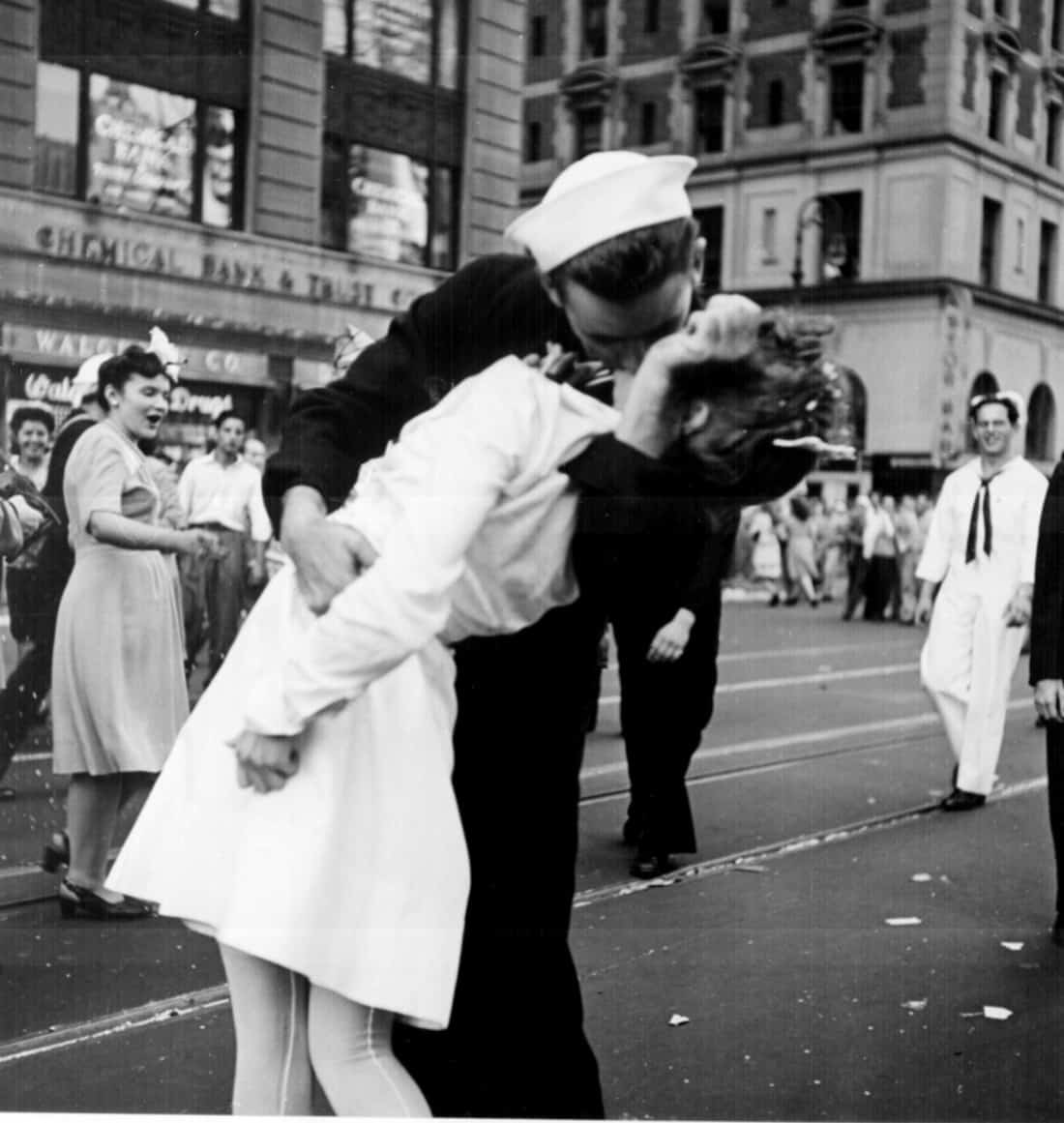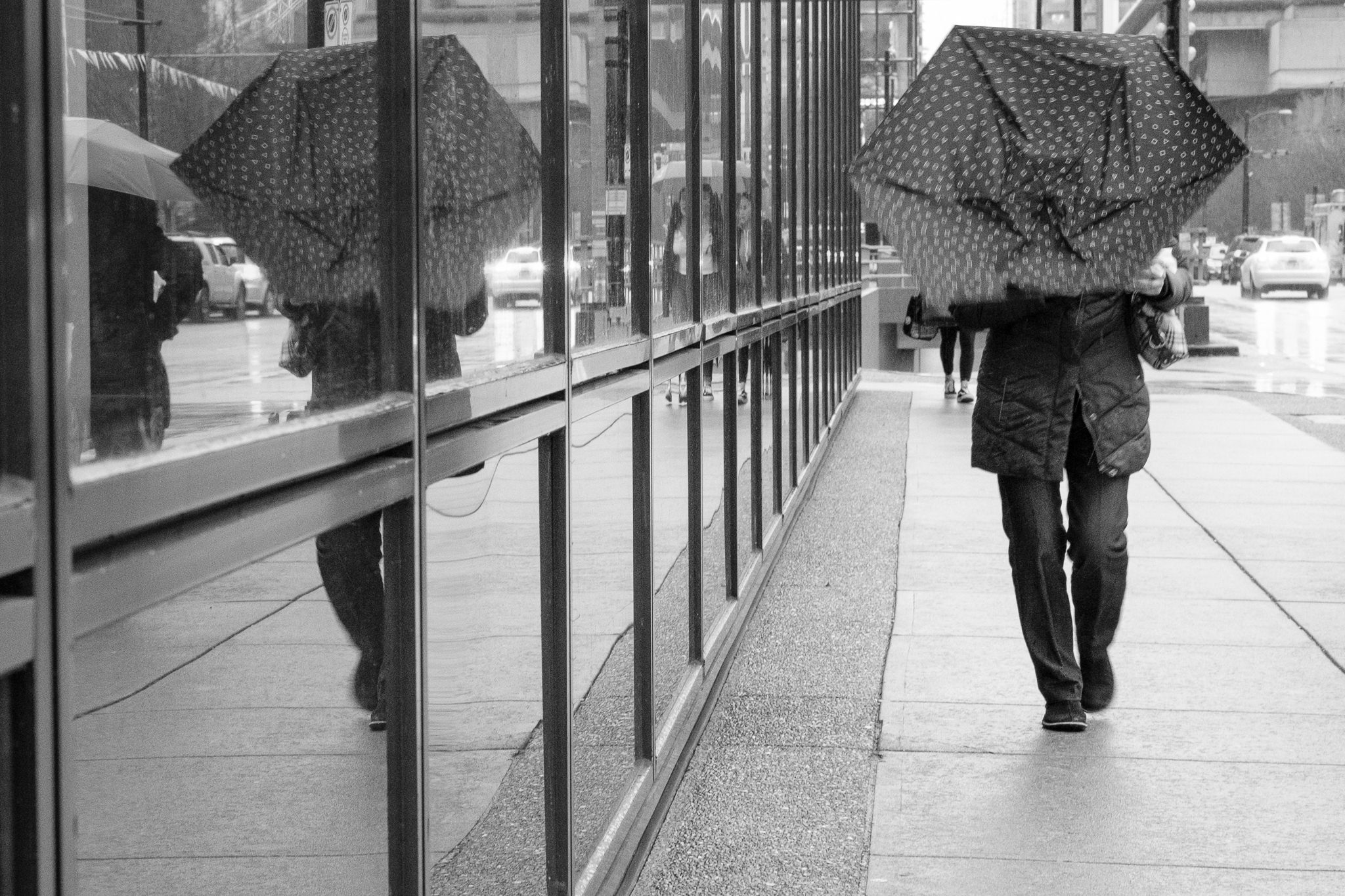See This Report about Framing Streets
Table of ContentsThe Buzz on Framing StreetsThe Only Guide for Framing StreetsTop Guidelines Of Framing StreetsGetting The Framing Streets To WorkSome Known Incorrect Statements About Framing Streets The Single Strategy To Use For Framing Streets
Photography genre "Crufts Canine Program 1968" by Tony Ray-Jones Road digital photography (likewise often called candid digital photography) is digital photography conducted for art or questions that includes unmediated chance experiences and random incidents within public places, usually with the goal of capturing pictures at a crucial or touching minute by careful framing and timing. 
Framing Streets - Questions
Susan Sontag, 1977 Street digital photography can focus on individuals and their actions in public. In this respect, the street digital photographer is similar to social documentary digital photographers or photojournalists that additionally function in public places, yet with the purpose of catching relevant events. Any of these professional photographers' photos might record individuals and building noticeable within or from public places, which frequently requires browsing honest concerns and laws of privacy, security, and residential or commercial property.
Representations of everyday public life form a genre in virtually every duration of world art, starting in the pre-historic, Sumerian, Egyptian and very early Buddhist art durations. Art handling the life of the street, whether within sights of cityscapes, or as the dominant concept, shows up in the West in the canon of the Northern Renaissance, Baroque, Rococo, of Romanticism, Realistic look, Impressionism and Post-Impressionism.
The Only Guide to Framing Streets
Louis Daguerre: "Boulevard du Temple" (1838 or 1839) In 1838 or 1839 the first photograph of numbers in the street was tape-recorded by Louis-Jacques-Mand Daguerre in one of a set of daguerreotype views taken from his studio home window of the Blvd du Temple in Paris. The 2nd, made at the height of the day, reveals an unpopulated stretch of street, while the other was taken at regarding 8:00 am, and as Beaumont Newhall reports, "The Blvd, so frequently filled up with a relocating bunch of pedestrians and carriages was completely singular, except an individual who was having his boots cleaned.
Consequently his boots and legs were well defined, but he lacks body or head, since these were in activity." Charles Ngre, waterseller Charles Ngre. http://ttlink.com/framingstreets1 was the very first professional photographer to attain the technical class needed to register individuals in activity on the street in Paris in 1851. Photographer John Thomson, a Scotsman dealing with journalist and social protestor Adolphe Smith, released Road Life in London in twelve monthly installments beginning in February 1877
Some Known Questions About Framing Streets.
Eugene Atget is related to as a progenitor, not because he was the first of his kind, however as an outcome of the popularisation in the late 1920s of his document of Parisian streets by Berenice Abbott, who was influenced to embark on a similar documentation of New york city City. [] As the city established, Atget assisted to advertise Parisian roads as a worthwhile subject for digital photography.

Framing Streets Things To Know Before You Get This
The chief Mass-Observationists were anthropologist Tom Harrisson in Bolton and poet Charles Madge in London, and their first record was created as guide "May the Twelfth: Mass-Observation Day-Surveys 1937 by over 2 hundred viewers" [] Home window cleaner at Kottbusser Tor, Berlin, by Elsa Thiemann c. 1946 The post-war French Humanist Institution professional photographers located their subjects on the road or in the restaurant. Between 1946 and 1957 Le Groupe des XV every year exhibited job of this kind. Andre Kertesz. Circus, Budapest, 19 May 1920 Street digital photography formed the significant content of 2 exhibits at the Museum of Modern Art (Mo, MA) in New york city curated by Edward Steichen, Five French Professional Photographers: Brassai; Cartier-Bresson, Doisneau, Ronis, Izis in 1951 to 1952, and Post-war European Photography in 1953, which exported the principle of road digital photography globally.

Getting The Framing Streets To Work
, after that an educator of young youngsters, connected with Evans in 193839.'s 1958 book,, was considerable; raw and frequently out of emphasis, Frank's pictures questioned mainstream photography of the time, "tested all the formal rules laid down by Henri Cartier-Bresson and Pedestrian Evans" and "flew in the face of the wholesome pictorialism and sincere photojournalism of American magazines like LIFE and Time".